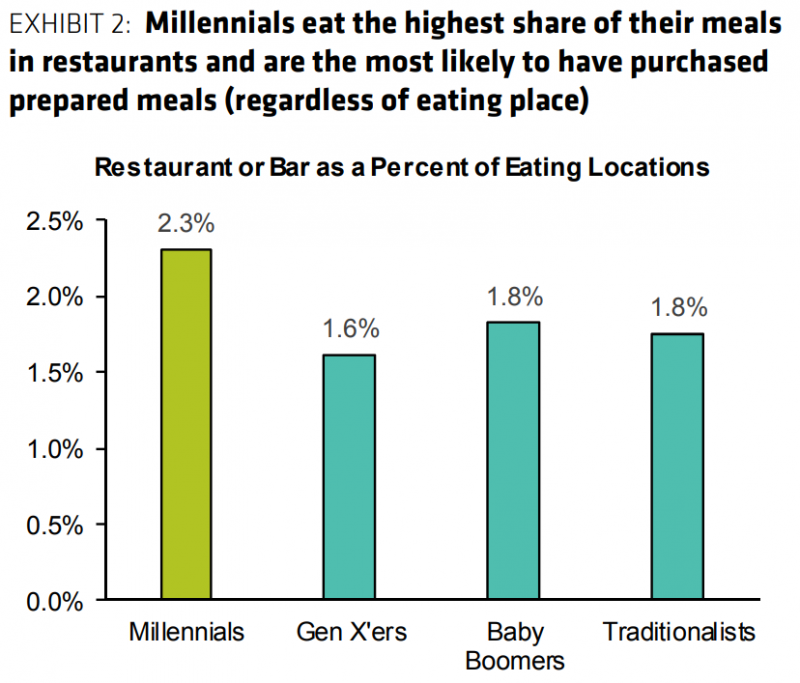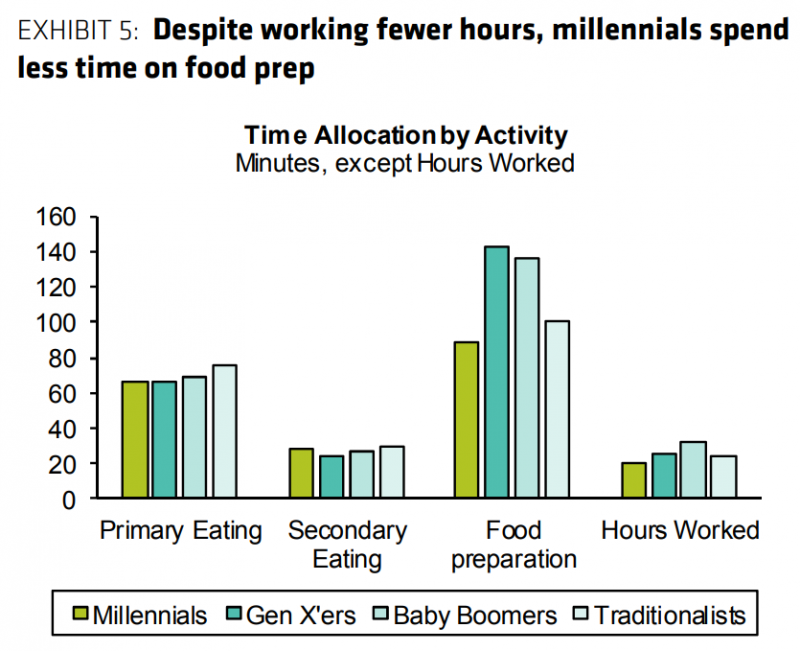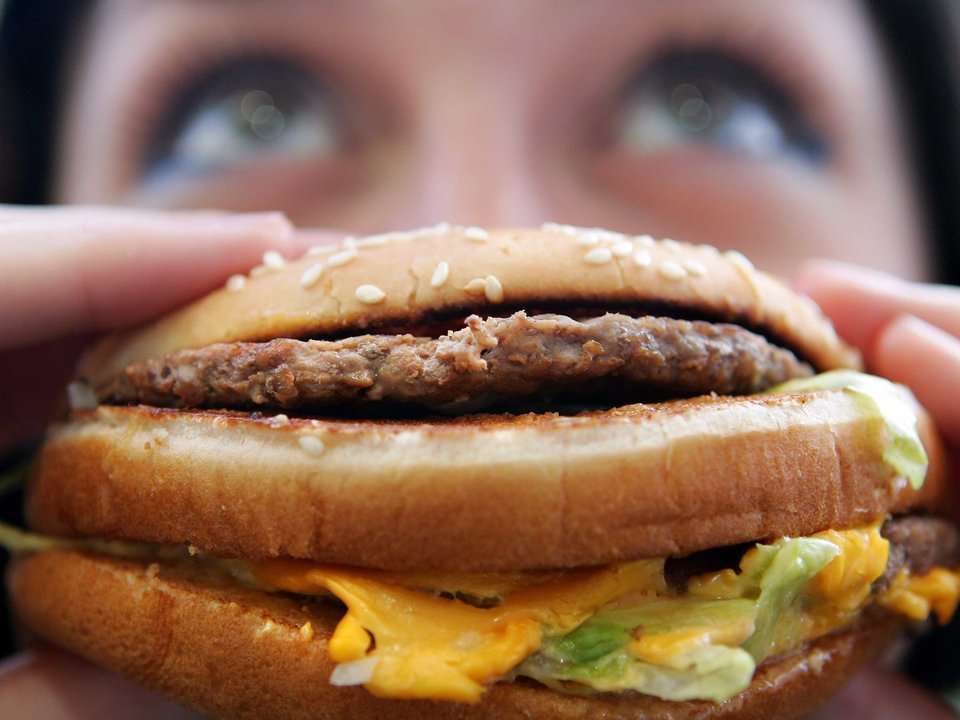- Millennials have a strong preference for convenience, and eat at restaurants more than any other generation, according to Bernstein analysts.
- This year, their purchasing power is set to surpass baby boomers’, making it crucial to understand how their spending differs from their parents’.
Millennials, the largest living generation, are poised this year to have more spending power than baby boomers, according to analysts at Bernstein.
And so, it’s important to understand what they’re buying, and how they’re different from their parents.
“What was once an academic exercise (how will millennial spending trends affect demand in some fuzzy future?), takes on a new sense of urgency,” Bernstein’s Sara Senatore and Alexia Howard said in a note on Friday.
They drew on a recent report from the US Department of Agriculture to examine how millennials, defined as people born between 1981 and “the mid-2000s,” eat differently.
One of the key differences is that millennials are the most likely age group to eat at restaurants instead of at home.

The chart shows that in a given month, millennials have 2.3% of their meals at a restaurant, which Bernstein estimates as roughly one trip every other week.
As this habit grows, more grocery stores are now offering prepared meals, or improving their existing options. More restaurants and fast-casual chains are offering delivery and making their to-go menu options more accessible.
And technologies like mobile ordering and delivery apps are playing a key role to make eating more convenient for millennials.
"I think the millennial generation is much more demanding than prior generations," Nigel Travis, the CEO of Dunkin' Brands, told Business Insider's Kate Taylor in September.
Millennials' preference for eating out reflects a second point of departure from their parents: They're less willing to cook.
Bernstein found that even though millennials work fewer hours than older generations - including those who have retired - they spend the least amount of time on meal prep.

That's a big opportunity for the $56 billion catering industry. Fast-casual restaurants like Chipotle, which are well frequented by millennials and have executed a catering strategy, made a "well-placed" decision, the analysts said.
"It's not surprising to find then, that millennials allocate the highest share of their food budgets to prepared food (7.5% vs 6.6-6.9% for the other generations)," they added.
What they did find surprising was that unlike other age groups, millennials continue to eat prepared foods even as they grow richer.
"At each income level, millennials spend the highest shares of their budgets on prepared foods, sugar and sweets, and pasta, and the least to grains - arguably the least processed of the processed foods," the Bernstein analysts said.
The preference for prepared foods boils down to convenience, to the point where even making cereal was seen as too cumbersome because it would leave behind a dirty bowl, according to a 2015 report from Mintel. The cereal maker Kellogg saw its sales drop 14% from 2013 through 2017 as younger consumers turned to more convenient options like yogurt and prepared breakfast sandwiches.
"This prioritizing of convenience above all else is a positive for restaurants generally (given the ease of eating out vs preparing at home)," the analysts said. "And it is especially advantageous for those offering delivery and to-go."
Millennials apparently also find it more inconvenient than any other generation to shop around for coupons. According to the USDA's study, about 6% of their spending is from coupons, versus nearly 8% for baby boomers and Gen. X'ers.
That's why price-specific offers like McDonald's $1 $2 $3 Dollar Menu can help to drive sales.
However, the USDA's original report observed that cost ultimately played a bigger role: Millennials whose wage growth has been hurt by the recession also like convenience, but cook when it's cheaper than eating out.

